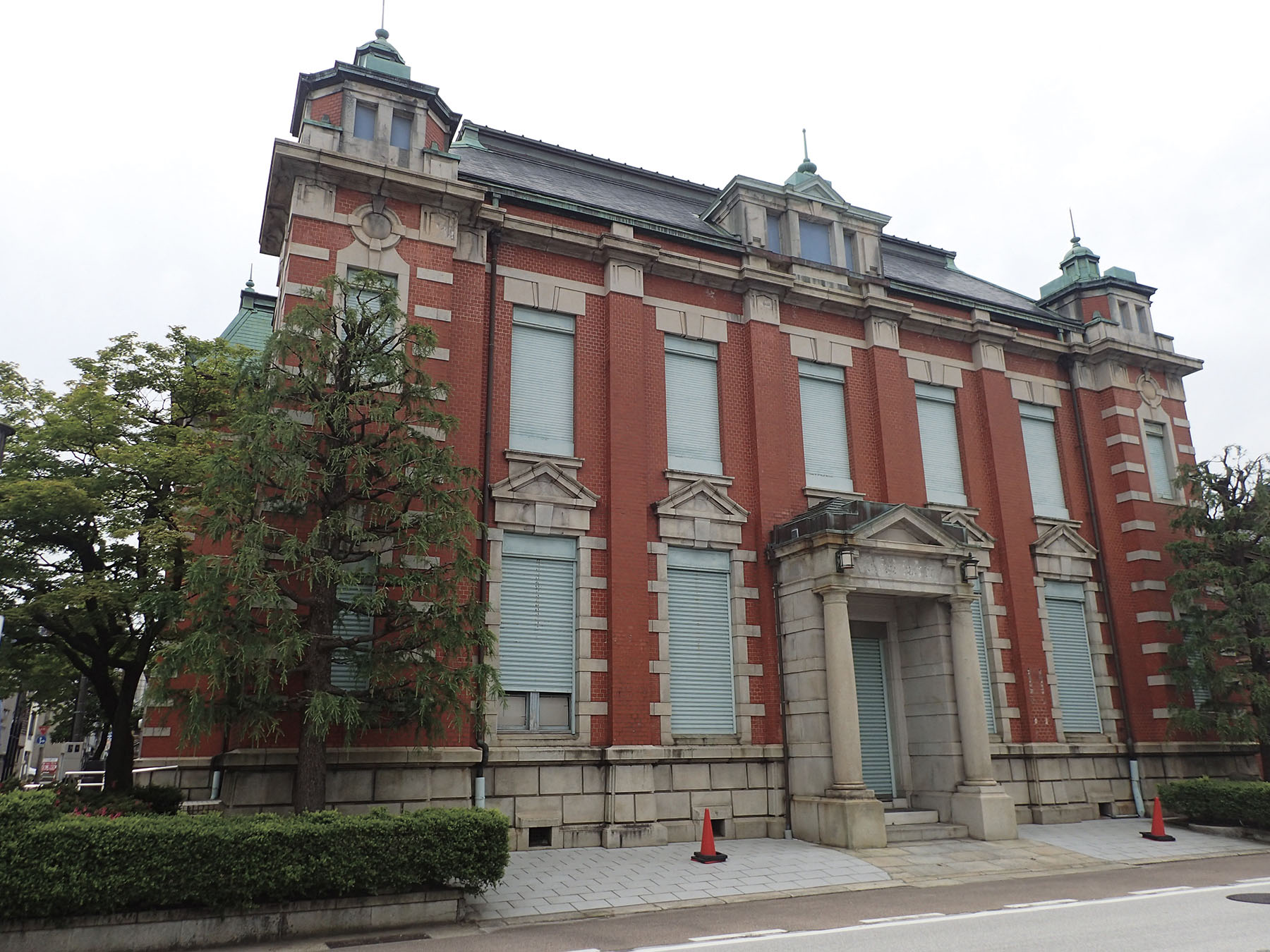GIGEIIN > Architecture and Culture Department


GIGEIIN > Architecture and Culture Department
“Historical townscapes” exist in many parts of Japan. In Takaoka City (where GIGEIIN is located), there also exist historical townscapes such as “Kanayamachi” and “Yoshihisa” with their impressive “Samanoko” latticework, and “Yamacho-suji” with its rows of storehouse-style buildings. These are places where humans have lived and are an important tourist resource.
Tourism is one of the most important industries in Japan. Historical townscapes that can function as tourism resources should be protected and passed on.
What specific efforts are required to protect historical cityscapes and pass these on to future generations?
One of the typical elements of a historic townscape is “architecture”. Although “architecture” is a one-worded term, various structural types exist. Moreover, in certain areas, conventional wooden structures and
brick-and-reinforced-concrete structures can be observed in modern and post-modern architecture. To preserve the historical townscape that each region displays, it is essential to protect and pass on the architecture that exists there. Apparently, it is important to preserve the cultural elements of each historical townscape, such as its historical background, industry, and livelihood. However, it is also highly important to preserve the architecture that visually constitutes the townscape. In addition, architecture plays the role of a habitat that functions as the foundation of culture. We consider that “inheriting the architecture” is
the basis for “inheriting the culture”. However, it is in “inheriting the architecture” that the difficulty of historical townscape preservation lies.

Former Toyama Bank Head Office
There are multiple challenges to architectural succession. First, there are issues related to the building strength,
such as aging and deficient seismic resistance owing to
the state of legislation at the time of construction.
Second, there are issues related to the cost of building maintenance. Third, the knowledge and guidelines for preserving historical buildings is insufficient. Although these issues may appear to be independent problems, these are deeply interrelated and increase the obstruction to the preservation of historical buildings.
However, without the inheritance of historical buildings,
the preservation of historical townscapes (which are
the assets of Japan and its residents) would be infeasible. Moreover, we cannot regain historical buildings and townscapes that have been lost. Thus, because many historical buildings still exist, we need to develop
an environment that enables the succession of historical buildings.
Against this background, the Architectural Culture Division would work toward developing technologies and constructing social systems to provide knowledge for
the inheritance of historical buildings. In particular,
we would actively use advanced equipment (one of
the strengths of GIGEIIN) to solve problems from
a completely new perspective.
The Noto Peninsula Earthquake of 2024 caused severe damage in Suzu, Wajima, and other areas in Hokuriku. Many individuals lost their living space owing to
the collapse of buildings caused by the violent shaking
and damage caused by liquefaction. As a research
institute in Hokuriku, we consider that we have
a responsibility to seriously consider what we can do
for those affected by the earthquake and what we should do for the region. The Group of Architectural and
Cultural of GIGEIIN intends to actively collaborate
in the reconstruction of the region.
Using a 3D scanner owned by GIGEIIN, we have started an initiative to record the shapes of existing historical buildings and other structures as point cloud data. Point cloud data is a collection of points with three-dimensional location and color information that records the shape of the object. Examples of point cloud data measured by the 3D scanner owned by GIGEIIN are shown in the photographs below. Photograph 1 displays the exterior of the previous Toyama Bank Head Office, and Photograph 2 displays the point cloud data of Fukuno Andon in Nanto City, Toyama Prefecture. The point cloud data can be incorporated into a VR space. Therefore, it is likely to be used for tourism promotion and regional revitalization.
In Nepal, many masonry buildings collapsed after the Gurkha earthquake in 2015. Since 2016, we have
been conducting on-site surveys and working with Tribhuvan University (Nepalʼs only national university) to improve masonry joints. In our research, we observed
that adding lime and rock salt to the local red clay,
as well as maintaining an appropriate moisture content,
increased the strength of the joints by approximately
three times. The results of this research were published as international papers in 2018 and 2023. The Kathmandu office of UNESCO and the Department of Archaeology
of the Government of Nepal are interested in the results
of the research. They have verbally agreed to
collaborate on the research on methods of restoration
of masonry buildings. During the course of this research, communication was interrupted for three years owing
to the global spread of COVID-19. However, in 2023,
the local meetings resumed, and discussions regarding
the 3D digital archiving of historical buildings (including World Heritage sites) are continuing using the new equipment and technology available with the Institute
of Technological Sciences.
The Nepalese government has imposed stringent regulations on the reconstruction of masonry buildings. This has hindered the use of conventional construction methods. However, we are preparing to construct a reinforced masonry community center in collaboration with the local Tribhuvan University and Kopa Institute
of Technology.
There are no articles to display.
